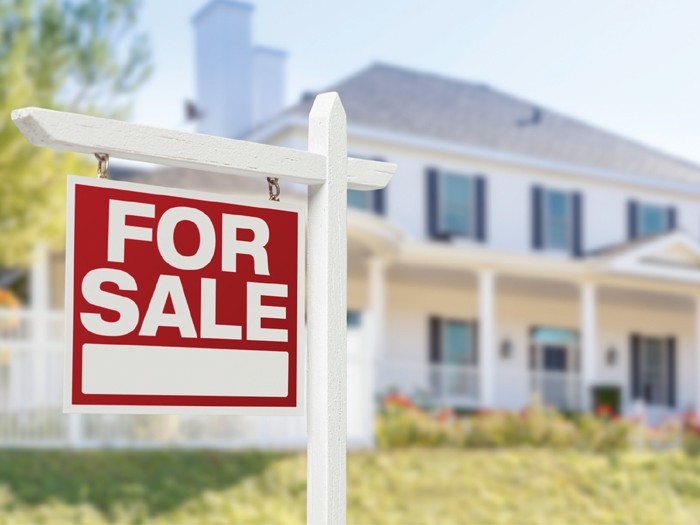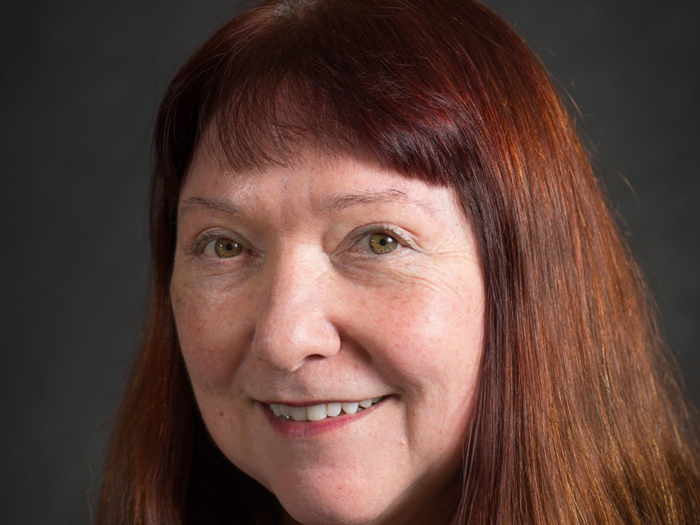Real Estate Industry
The Slow Road Home

The dent in the American dream of homeownership is proving difficult to undo.
Nearly seven years after the U.S. housing market collapsed, rates of homeownership remain below their peak of 69.2 percent, recorded in the final quarter of 2004, according to data from the U.S. Census Bureau. In the third quarter of 2014, the rate was 64.4 percent, down from 65.3 percent a year earlier.
While the housing market is expected in 2015 to continue its slow rebound, economists and industry observers question how sustainable it will be in the absence of more buyers.
Many buyers, especially first-timers, have been shut out by tight underwriting standards that block access to loans. Stagnant incomes also have deterred people, economists said. Unemployment fell to 5.6 percent at the end of 2014, but incomes slipped, with the hourly rate falling 5 cents to $24.57.
If and when homebuyers return, it is not clear whether homeownership rates will climb back to their peak, or fall shy.
“The housing bust did change the landscape of the housing market,” said Daren Blomquist, vice president of RealtyTrac, an Irvine, Calif.-based real estate information company and online marketplace for foreclosed and defaulted properties. “So we’re still trying to figure out what a healthy housing market looks like.”
The risk is misjudging what counts for a healthy homeownership rate, he said. “Some players may be overestimating or underestimating what that normal rate should be.”
“The housing bust did change the landscape of the housing market … we’re still trying to figure out what a healthy housing market looks like.” — Daren Blomquist, vice president, RealtyTrac
It’s uncertain whether 2015 will produce a clear picture, considering all the factors at play in the housing market. In general, economists and industry observers expect home sales to rise in 2015 and prices to continue going up, albeit at a slower pace.
“It’s not going to be a breakout year,” said Doug Duncan, senior vice president and chief economist for Fannie Mae, based in Washington, D.C.
Pockets of Risk Remain
Fannie Mae predicts the volume of home sales to jump 5.4 percent in 2015, after declining 2.7 percent in 2014 due to a temporary spike in interest rates. Sales grew by around 10 percent in both 2012 and 2013. The median home price, meanwhile, is forecast to increase 4.9 percent, less than the 5.7 percent average appreciation in 2014.
If Americans start making more money, the numbers could go higher, Duncan said. But the income growth would have to last. According to Fannie Mae survey data, potential first-time homebuyers are concerned not so much about a lack of credit but about having their own finances in order before they sign a mortgage.
“They’re wanting to be really ready before they make that plunge,” Duncan said.
While higher interest rates later this year could suppress sales, economists remained optimistic. “If anything, the risks seem to be stacked on the upside,” said Mark Vitner, managing director and senior economist for Wells Fargo Securities, based in Charlotte, N.C. “I don’t think there’s as much downside risk as upside risk.”
One exception could be markets tied to energy production, especially in Texas. A sustained slump in gasoline prices, for example, could dampen the Houston housing market, one of the country’s largest, said Jim Gaines, a research economist at the Real Estate Center at Texas A&M University in College Station, Texas.
It’s also unclear whether the economic slowdown in Europe will spill over into the U.S., Gaines added. “We’re not immune from these things.”
In the meantime, the housing market may encounter other shocks.
One represents something of a hangover from the boom. Borrowers who took out 10-year interest-only mortgages between 2005 and 2007 face steep jumps in their monthly payments over the next three years, according to a report from Fitch Ratings.
Payment increases also could strike borrowers with adjustable-rate mortgages and those with loans modified during the bust, according to Fitch. Loans accepted into the government’s Home Affordable Modification Program, launched in 2009, typically carry a lower interest rate for five years before resetting at a higher rate.
“It’s just going to take some time for the market to completely resume its pre-2004 long-term growth rate and, frankly, I don’t know that that’s necessarily bad.” — Jim Deitch, CEO, TeraVerde Management Advisors
Roughly 1.1 million mortgages are at risk, with interest-only loans facing the greatest potential payment shock, according to Fitch, which studied first-lien mortgages backing private label residential backed mortgage securities. Interest-only loans account for about 230,000 of the total.
Thousands of borrowers with home equity lines of credit also are looking at higher payments this year as the payback period on those loans begins, experts said.
Although loan defaults and delinquencies will rise over the next three years, the fallout should be limited, according to industry observers. Thanks to the downturn, lenders have plenty of experience working with troubled borrowers and won’t foreclose at the same rate they did in 2009 and 2010.
“I don’t see this as a systemic issue right at the moment,” said Matt Hankins, a principal at Chicago-based Sterling Partners, a private equity firm whose holdings include a retail mortgage originator and a mortgage servicing company.
Borrowers have had opportunities to refinance at low fixed rates, minimizing the shock. Plus, their homes likely have increased in value over the last few years, giving them even more breathing room.
Others were less sanguine.
Keith Jurow, a real estate adviser and publisher of the Capital Preservation Real Estate Report, suspects lenders already carry large numbers of delinquent loans that have not yet been declared formally in default, especially in high-cost areas of California, New Jersey and New York. He wondered how much longer lenders can give borrowers a pass, especially if no buyers emerge.
“It looks like a recovery,” said Jurow, based in Connecticut. “But when you go underneath it, it’s not really. There’s no solid foundation.”
Recovery Depends on New Buyers
The ultimate foundation for the market is first-time homebuyers. And they remain absent, accounting for about a third of sales in 2014, down from a historical average of around 40 percent, according to data from the National Association of Realtors.
Picking up the slack have been investors purchasing single-family homes and converting them to rentals, but those buyers have largely tailed off.
“Without meaningful participation of first-time homebuyers in the homeownership ladder, the housing recovery may sputter,” emailed Allen Jones, managing director at mortgage analytics and technology company RiskSpan.
“The low volume of new originations is creating a market disruption that will begin to impact the traditional move-up buyer because the pool of candidates coming from the entry level has decreased.”
Most observers attribute the drop to tighter credit standards. While critics contend lending standards were too lax during the housing boom of the mid 2000s, others now say they are too stringent, driven in part by new regulations.
The rules, for example, spell out income-based limits on how much debt borrowers can carry, as well as how to document that income, said Jim Deitch, CEO of TeraVerde Management Advisors, a Lancaster, Pa.-based consulting firm that works with banks, mortgage lenders and other financial companies.
“Ultimately, people are afraid to make loans, particularly to first-timers, because of the legal risk and the lack of bright-line standards.”
On the positive side, he said, more nontraditional mortgage lenders, including community banks and private-equity-backed lenders, are entering the market. Falling gas prices and rising rents could also entice people into buying homes.
But the math remains daunting for many. It’s not just the prospect of debt, Deitch said. Buyers also face slower appreciation in home prices. After accounting for closing costs, they may lose money if they have to sell sooner than expected.
“I think that’s holding people back,” Deitch said. “It’s just going to take some time for the market to completely resume its pre-2004 long-term growth rate and, frankly, I don’t know that that’s necessarily bad.”
Where that growth rate ends up depends, in large part, on whether Americans continue to prize homeownership as a goal.
The government has moved to make it easier for first-time buyers. In early 2015, the Federal Housing Administration announced a cut in mortgage insurance premiums on loans from the agency, which go mostly to first-time buyers. Under an initiative from Fannie Mae, first-time buyers may qualify for down payments as low as 3 percent.
Despite the lures, many people may decide to continue renting, said Eric Sussman, a senior lecturer in the Anderson School of Management at the University of California, Los Angeles.
Down payments remain prohibitively expensive in some areas, and many young people already are carrying high levels of college debt. They will value the freedom to find a new job — and a new pad — someplace else.
“Those are really big and maybe not even temporary headwinds,” Sussman said.










